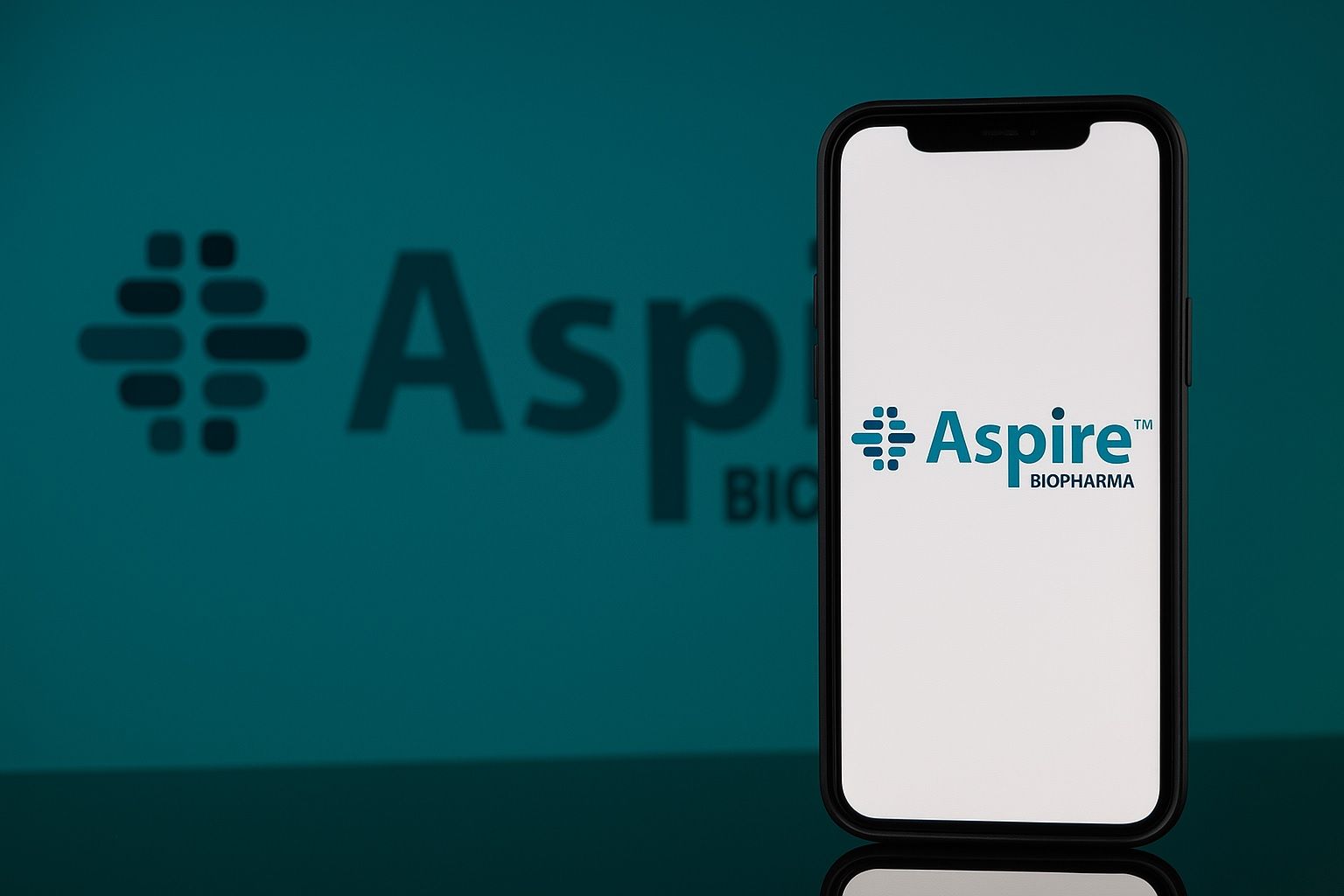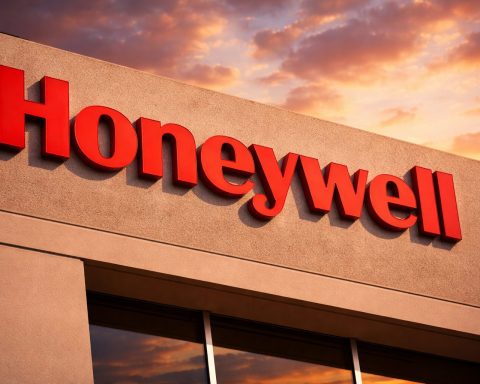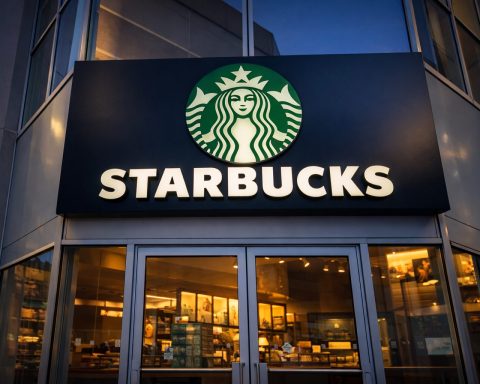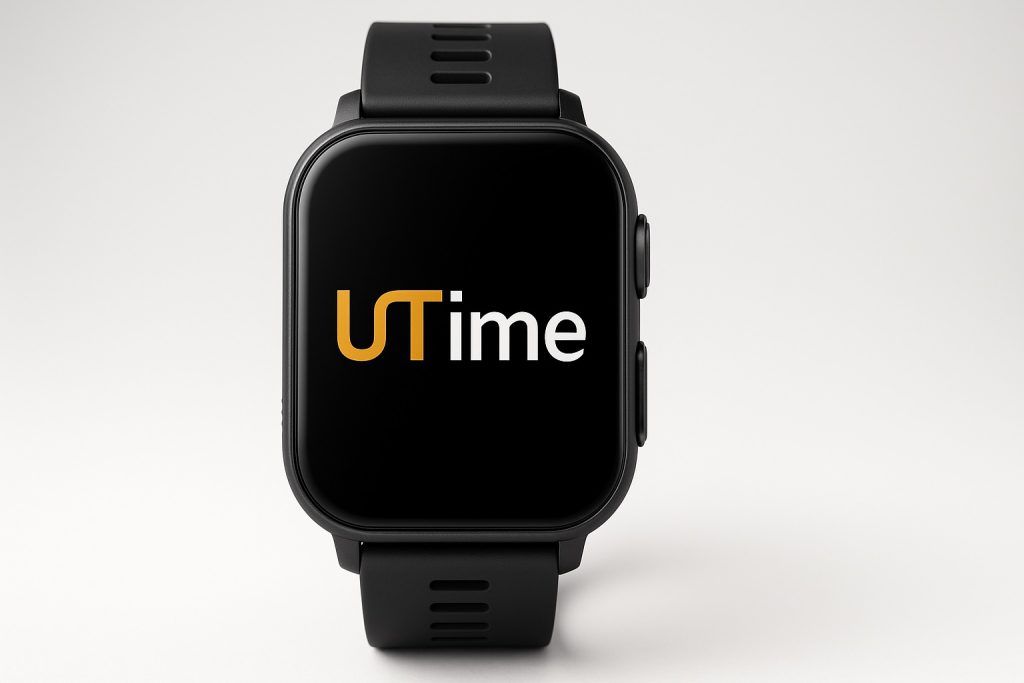Micro‑cap biotech Aspire Biopharma Holdings, Inc. (NASDAQ: ASBP) is back in the spotlight today after securing a new $100 million equity line of credit and releasing its Q3 2025 10‑Q, sending the stock sharply higher in pre‑market trading.
ASBP stock among Friday’s biggest pre‑market movers
Aspire Biopharma shares were one of the most active health‑care names in U.S. pre‑market trade on Friday.
- In a Benzinga pre‑market movers roundup, ASBP was highlighted as surging more than 30% to about $0.14 in early trading. [1]
- A separate Benzinga health‑care movers article listed Aspire as a gainer of roughly 24% to around $0.13, with a market cap near $5.2 million. [2]
- Investing.com shows Thursday’s close at $0.11, with pre‑market indications near $0.15 (+44% intraday) and a 52‑week range of $0.09–$15.80, underscoring the extreme volatility typical of micro‑cap biotech names. [3]
StockTitan data places Aspire’s current market capitalization at roughly $5.3 million, with a public float of about 27.2 million shares and insider ownership above 30%. [4]
Today’s move comes as investors digest two major disclosures: a fresh $100 million equity line of credit (ELOC) and a Q3 2025 10‑Q that again raises going‑concern questions.
New $100 million equity line of credit with Arena
The centerpiece of today’s news is Aspire’s new financing deal with Arena Business Solutions Global SPC II, Ltd.
According to the company’s Form 8‑K and an AI‑generated summary of that filing: [5]
- On November 11, 2025, Aspire entered into a Purchase Agreement (the “ELOC Agreement”) with Arena.
- The agreement gives Aspire the right, but not the obligation, to direct Arena to buy up to $100 million of ASBP common stock over a defined commitment period of up to 36 months.
- Each time Aspire chooses to draw on the facility (via an “Advance Notice”), Arena will purchase shares at 96% of the same‑day volume‑weighted average price (VWAP), subject to the terms and caps in the agreement.
- Aspire will pay Arena $40,000 in due‑diligence and legal fees, half in cash and the remainder through the issuance of 162,338 shares of common stock, plus additional “transaction fee shares” as specified in the agreement. [6]
- To use the facility at scale, Aspire must file and maintain an effective registration statement with the SEC covering the resale of the shares issued to Arena. [7]
Crucially, the filing also confirms that Aspire and Arena have terminated their prior, similarly sized ELOC, originally signed in February 2025, in favor of this updated structure. [8]
From a capital‑markets standpoint, this type of facility gives a cash‑constrained micro‑cap flexible, on‑demand access to equity, but it also builds in the potential for significant dilution: shares are sold at a modest discount to the prevailing price, and the company can, in theory, tap the line repeatedly over three years.
TipRanks’ newswire framed the deal as a new $100M ELOC that replaces the earlier line, emphasizing the 96% VWAP pricing and the discretionary nature of each draw. [9]
Q3 2025 10‑Q: tiny revenue, heavy losses, and going‑concern language
Alongside the ELOC, Aspire filed its Form 10‑Q for the quarter ended September 30, 2025, which paints a challenging financial picture.
An SEC‑filing summary of the 10‑Q highlights the following key metrics: [10]
- Net revenue: just $1,941 for the quarter – essentially negligible commercial sales for a public company.
- Net loss (Q3 2025):$1,850,493.
- Net loss (first nine months of 2025):$19,773,114, underscoring how quickly the company is burning cash.
- Cash and cash equivalents:$1,948,271 at quarter end.
- Current liabilities:$13,860,506 – more than seven times the cash balance.
- Shareholders’ deficit:$(11,467,278), indicating liabilities exceed assets attributable to common shareholders.
- Derivative liability:$3,554,265, tied to convertible financing instruments.
The filing also notes substantial new financing activity during Q3:
- Aspire closed a convertible note package with principal of about $9.69 million, which provided $7.75 million in net funding before costs.
- A portion of existing debentures was repaid, but roughly $4.74 million in principal is classified as current – meaning due within a year. [11]
Most notably for risk‑focused investors, management once again states that “substantial doubt” exists about Aspire’s ability to continue as a going concern, given ongoing losses, negative equity, and dependence on external financing. [12]
The new ELOC appears aimed squarely at this problem: it gives Aspire a theoretical path to raise equity capital incrementally instead of via a single large public offering – but only if the stock retains enough liquidity and price to make draws economically meaningful.
Rapidly rising share count underscores dilution risk
Aspire’s capital structure has been changing fast in 2025. The 10‑Q and related summaries show: [13]
- 49,525,970 common shares outstanding as of September 30, 2025.
- By November 12, 2025, that share count had more than doubled to 107,477,178 shares, with an additional 24,138,302 warrants outstanding.
This jump reflects conversions of prior financing instruments, share issuances tied to debt and working‑capital arrangements, and other recapitalization steps described in earlier filings. [14]
Layered on top of this, the new $100 million ELOC could further expand the share base if Aspire draws heavily on the facility – a central concern for existing investors wary of dilution.
Business focus: fast‑acting sublingual aspirin and a broader delivery platform
Behind the financing headlines, Aspire is positioning itself as a drug‑ and supplement‑delivery platform company rather than a single‑asset biotech.
According to company profiles and recent press releases: [15]
- Aspire’s core technology is a patent‑pending sublingual/oral mucosal delivery platform designed to deliver active ingredients rapidly into the bloodstream.
- Its lead pharmaceutical candidate is a high‑dose, fast‑acting sublingual aspirin (often referred to commercially as Instaprin) aimed at suspected acute myocardial infarction (heart attack) and cardiology emergencies. [16]
- The company is also developing sublingual or transmucosal formulations of other approved drugs and supplements, including a melatonin sleep aid, vitamins D/E/K, testosterone, and semaglutide for diabetes and weight management, among others. [17]
- On the consumer side, Aspire has launched BUZZ BOMB™, a sublingual caffeine pre‑workout product, supported by e‑commerce initiatives, contract manufacturing deals, and fitness‑influencer marketing. [18]
While these programs are still early, they create multiple potential revenue streams if the company can convert clinical data, regulatory progress, and branding into sizeable sales.
CPHI Frankfurt: positive aspirin data and 16 partnership meetings
Today’s filings don’t add new clinical data, but they land just days after Aspire highlighted business‑development efforts in Europe.
In a November 6 Accesswire release summarized by StockTitan, the company reported that at CPHI Frankfurt (Oct. 27–30, 2025) it: [19]
- Held 16 formal face‑to‑face meetings (plus numerous informal conversations) with global pharma companies – including at least one major brand‑name player.
- Presented final investigational study results for its sublingual high‑dose aspirin, showing higher and faster mean plasma acetylsalicylic acid (ASA) concentrations compared with chewed aspirin tablets – a potentially meaningful advantage in heart‑attack treatment where minutes matter.
- Focused discussions on technical collaboration, licensing, joint ventures, and commercial partnerships, though no binding deals or financial terms were announced.
Analysts quoted in that summary described the news as strategically promising but commercially incomplete, noting that the real value will depend on Aspire’s ability to convert interest into signed licensing agreements, regulatory clarity, and outcome‑focused clinical data rather than just pharmacokinetic advantages. [20]
Leadership changes in 2025: interim CEO at the helm
Today’s updates also land in the context of a leadership transition earlier this year.
A July 2025 Accesswire press release, again summarized by StockTitan, detailed that: [21]
- Michael C. Howe resigned as CEO and from the Board.
- Kraig Higginson, previously Chairman, was appointed Interim Chief Executive Officer.
- Two directors, Gary E. Stein and Barbara Sher, also resigned, while Howard Doss, a veteran financial executive with prior SPAC and public‑company experience, joined the Board and became Chairman of the Audit Committee.
Higginson, who signed today’s 8‑K, has emphasized his aim to maximize the potential of Aspire’s differentiated delivery platform while stabilizing the company’s finances and governance structure. [22]
How today’s news fits together
Putting the pieces together, November 14, 2025 is a pivotal – but double‑edged – day for Aspire Biopharma:
Potential positives
- Extended financing runway: The new $100M ELOC, if actively used, could provide flexible access to capital over up to three years, potentially funding clinical work, BUZZ BOMB commercialization and partnership efforts without a traditional underwritten offering. [23]
- Clear capital‑markets strategy: By replacing the older ELOC with a fresh agreement, Aspire appears to be resetting its financing toolkit after a year of heavy note issuance and recapitalization. [24]
- Differentiated lead asset: The sublingual high‑dose aspirin continues to show faster and higher ASA exposure levels than chewed aspirin, a mechanistic advantage that could be attractive to large pharma partners in the cardiovascular space. [25]
- Growing pipeline and consumer products: Semaglutide, hormone and vitamin formulations, plus BUZZ BOMB, give Aspire multiple shots on goal beyond a single drug candidate. [26]
Key risks and red flags
- Going‑concern warning: Management explicitly flags substantial doubt about Aspire’s ability to continue as a going concern, driven by losses, negative equity, and reliance on external financing. [27]
- Minimal current revenue: With under $2,000 in quarterly revenue, the business is far from self‑sustaining; nearly all cash comes from debt and equity financings, not operations. [28]
- High leverage and complex instruments: Convertible notes, derivative liabilities and rapidly rising share counts create substantial dilution risk and balance‑sheet complexity. [29]
- Micro‑cap volatility: With a market cap around $5 million and a share price near ten cents, ASBP is a high‑risk, thinly capitalized micro‑cap, prone to big percentage swings on relatively small trading volumes. [30]
- No signed commercial deals yet: Despite encouraging interest at CPHI Frankfurt, Aspire has not announced any licensing or co‑development agreements that would validate its platform economically. [31]
What to watch next
For investors and industry watchers following Aspire Biopharma, the next several months are likely to hinge on a handful of concrete milestones:
- Use of the ELOC
- Does Aspire actually draw on the $100M facility, and if so, how aggressively?
- How does that impact share count and trading liquidity over time? [32]
- Regulatory and clinical updates on sublingual aspirin
- The company has previously pointed to H2 2025 as a target window for an FDA‑related submission for its lead aspirin product; investors will be watching for an update on timing and regulatory strategy. [33]
- Partnership announcements
- Any licensing, co‑development or commercialization deal stemming from the 16 meetings at CPHI Frankfurt would be a major validation point. [34]
- Progress and sales for BUZZ BOMB and other consumer products
- With BUZZ BOMB already on the market, Aspire’s ability to grow actual product revenue will be an early real‑world test of its delivery technology and marketing strategy. [35]
Final note
Aspire Biopharma’s November 14 news presents a classic micro‑cap biotech trade‑off: a potentially disruptive clinical and consumer platform, paired with serious balance‑sheet stress and dilution risk.
Nothing in this article is investment advice. Anyone considering ASBP should carefully review the full 10‑Q and 8‑K filings, assess their own risk tolerance, and, where appropriate, consult a qualified financial adviser before making any decisions.
References
1. www.benzinga.com, 2. www.benzinga.com, 3. www.investing.com, 4. www.stocktitan.net, 5. www.stocktitan.net, 6. www.stocktitan.net, 7. www.stocktitan.net, 8. www.stocktitan.net, 9. www.tipranks.com, 10. www.stocktitan.net, 11. www.stocktitan.net, 12. www.stocktitan.net, 13. www.sec.gov, 14. www.sec.gov, 15. stockanalysis.com, 16. stockanalysis.com, 17. stockanalysis.com, 18. stockanalysis.com, 19. www.stocktitan.net, 20. www.stocktitan.net, 21. www.stocktitan.net, 22. www.stocktitan.net, 23. www.stocktitan.net, 24. www.stocktitan.net, 25. www.stocktitan.net, 26. stockanalysis.com, 27. www.stocktitan.net, 28. www.stocktitan.net, 29. www.sec.gov, 30. www.stocktitan.net, 31. www.stocktitan.net, 32. www.stocktitan.net, 33. stockanalysis.com, 34. www.stocktitan.net, 35. stockanalysis.com










